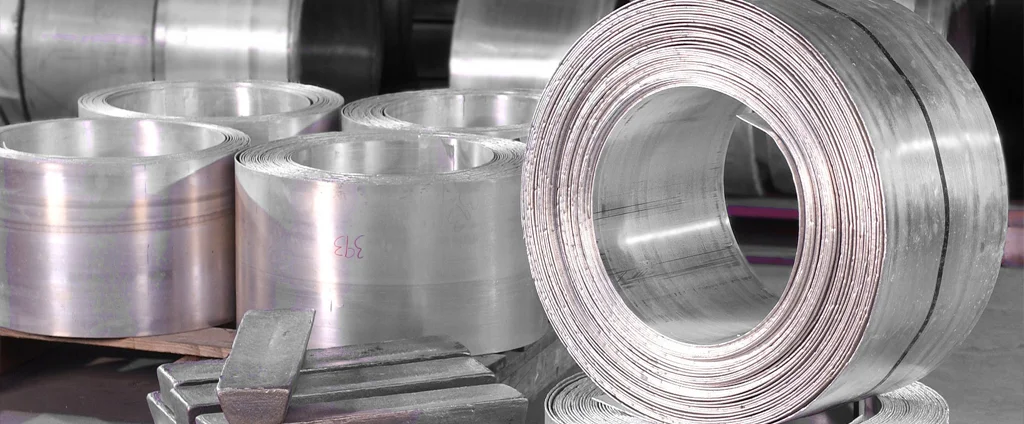Magnesium AM50A

Magnesium AM50A is a versatile die-casting alloy prized for its exceptional strength-to-weight ratio, ductility, and machinability. Widely used in demanding industries, this alloy combines lightweight properties with robust performance, making it ideal for automotive, aerospace, and electronics applications.
| Chemical Composition | ||
|---|---|---|
| Element | Min | Max |
| Magnesium | —— | Remainder |
| Aluminum | 4.40% | 5.40% |
| Copper | —— | 0.01% |
| Iron | —— | 0.004% |
| Manganese | 0.26% | 0.60% |
| Nickel | —— | 0.002% |
| Silicon | —— | 0.10% |
| Zinc | —— | 0.22% |
| Residuals | —— | 0.02% |
The following table provides a list of magnesium AM50A properties in both SI and US customary/Imperial units.
Click on the button to switch between Metric and Imperial units.
| Physical Properties | Metric |
|---|---|
| Density | 1770 kg/m3 |
| Mechanical Properties | Metric |
| Tensile Strength (Ultimate) | 200 MPa |
| Tensile Strength (Yield) | 110 MPa |
| Young’s Modulus (E) | 45 GPa |
| Shear Modulus (G) | 17 GPa |
| Elongation at Break | 10% |
| Poisson’s Ratio (ν) | 0.35 |
| Rockwell Hardness | 74 |
| Thermal Properties | Metric |
| Melting Point | 621 °C |
| Thermal Conductivity | 62 W/m·K |
| Specific Heat Capacity (Cp) | 1050 J/kg·K |
| Coefficient of Thermal Expansion (αL) | 25.9 1/°C |
| Electrical Properties | Metric |
| Electrical Resistivity | 1.20×10-5 Ω·cm |
The values in this table are approximate and can vary depending on various factors such as the specific manufacturing process and heat treatment applied to the alloy.
Advantages & Disadvantages of Magnesium AM50A
| Advantages | Disadvantages |
|---|---|
| Lightweight | Flammability |
| High strength | Limited formability |
| Corrosion resistance | Higher cost |
| Good castability | Limited weldability |
| Excellent damping capacity | Limited availability |
Applications of Magnesium AM50A
Magnesium AM50A is favored across industries for its lightweight and durable properties. Key applications include:
- Aerospace Industry: Used in aerospace applications where weight reduction is critical. It is utilized in components such as aircraft engine casings, gearbox housings, brackets, and structural parts.
- Automotive Industry: The automotive industry benefits from the lightweight properties of this alloy. It is used in the production of transmission cases, engine blocks, intake manifolds, steering columns, and other structural components.
- Power Tools and Machinery: Employed in the manufacturing of power tools and machinery components. It is used for producing lightweight yet durable parts like gearboxes, housings, handles, and frames.
- Sports Equipment: The lightweight and high-strength characteristics make it suitable for sports equipment manufacturing. It is used in the production of bicycle frames, golf club heads, tennis racquets, and other sporting goods.
- Consumer Electronics: Sometimes utilized in the production of consumer electronics, particularly in devices that require lightweight construction and durability. It can be found in laptop cases, camera bodies, and other portable electronic devices.
- Defense Industry: Used in certain defense applications, including the production of lightweight armor and military equipment.
